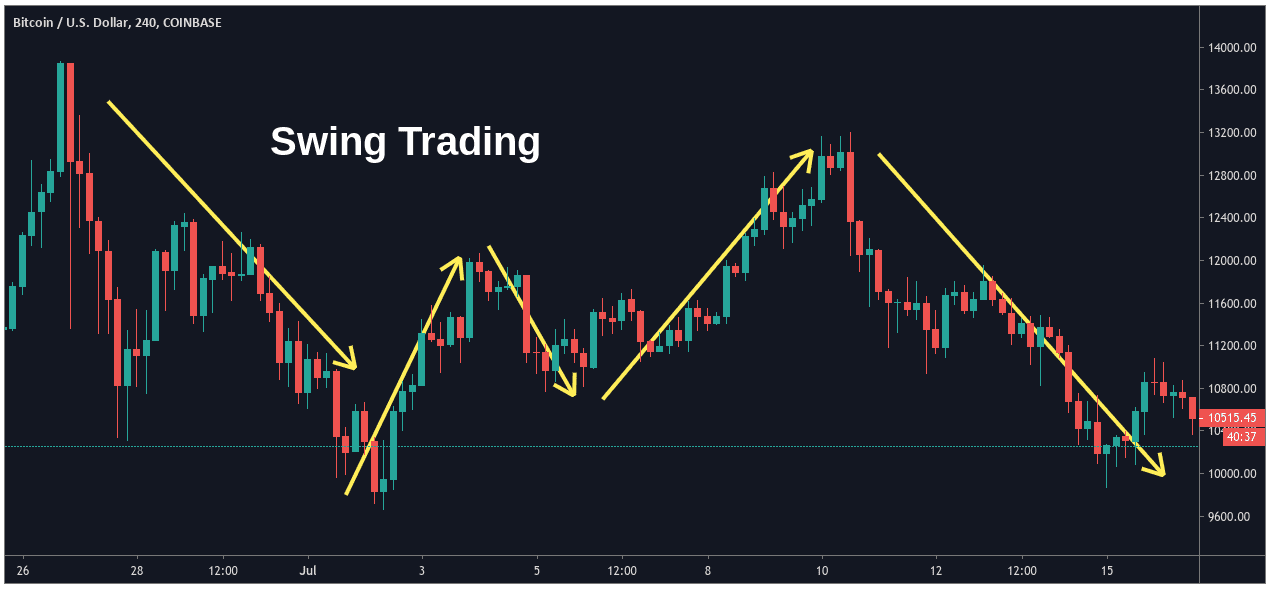In the ever-evolving landscape of financial markets, where volatility reigns supreme, swing trading has emerged as a popular technique to harness price fluctuations for potential gains. This approach involves holding positions for a period longer than scalping or day trading but shorter than a traditional long-term investment. Enter the realm of options, powerful financial instruments that provide traders with a versatile toolset to navigate market movements, enhance returns, and mitigate risks.

Image: www.vectorvest.com
Options strategies offer a multifaceted approach to swing trading, enabling traders to speculate on future price trends, hedge existing positions, or generate income from market volatility. Understanding the nuances of these strategies is crucial for maximizing the potential of swing trading. This comprehensive guide will delve into the intricacies of options strategies, empowering traders with the knowledge to navigate market dynamics and pursue profitable opportunities.
Unveiling the Anatomy of Options Strategies
At the core of options strategies lies a fundamental understanding of call and put options. Call options confer the right, not the obligation, to buy an underlying asset at a predetermined price (strike price) on or before a specific date (expiration date). Put options, on the other hand, provide the right to sell an underlying asset at the strike price.
Combining these options in various ways creates a vast spectrum of strategies, each tailored to specific market scenarios and risk appetites. These strategies can be classified into two primary categories: directional strategies and non-directional strategies.
Navigating Directional Strategies: Betting on Price Movements
Directional strategies are designed to capitalize on anticipated price fluctuations of the underlying asset. These strategies involve taking a position (long or short) on either call or put options, expressing a belief about the future direction of the asset.
Long call strategies, suitable for bullish market outlooks, involve buying call options with the expectation that the underlying asset will rise in value. Conversely, long put strategies, employed in bearish market scenarios, entail buying put options in anticipation of a decline in the asset’s price.
Unveiling Non-Directional Strategies: Profound in Market Neutrality
Non-directional strategies, in contrast, aim to profit from market volatility, irrespective of the underlying asset’s price direction. These strategies involve combinations of call and put options, creating intricate positions that generate profits from fluctuations in volatility or time decay.
Iron condors, for instance, simultaneously sell out-of-the-money call and put options while buying further out-of-the-money options of the same type. This strategy thrives in relatively stable markets, generating income as the options lose value due to time decay.

Image: www.asktraders.com
Mastering the Art of Swing Trading with Options
Successful implementation of options strategies in swing trading requires a comprehensive understanding of market dynamics, risk management principles, and position sizing techniques. Here are some essential guidelines for thriving in this arena:
-
Conduct thorough research to gain insights into historical price patterns, market trends, and company fundamentals.
-
Define clear entry and exit points for each trade, adhering strictly to pre-determined risk parameters.
-
Manage positions actively, monitoring market developments and adjusting strategies as needed.
-
Practice prudent risk management, employing stop-loss orders to limit potential losses.
Options Strategy For Swing Trading

Image: www.youtube.com
Embracing the Power of Options Strategies for Swing Trading
Options strategies offer a potent toolkit for swing traders seeking to navigate market volatility and enhance returns. By comprehending the intricacies of directional and non-directional strategies and adhering to sound trading principles, traders can unlock the potential of this versatile approach and position themselves for success in the dynamic world of swing trading.






